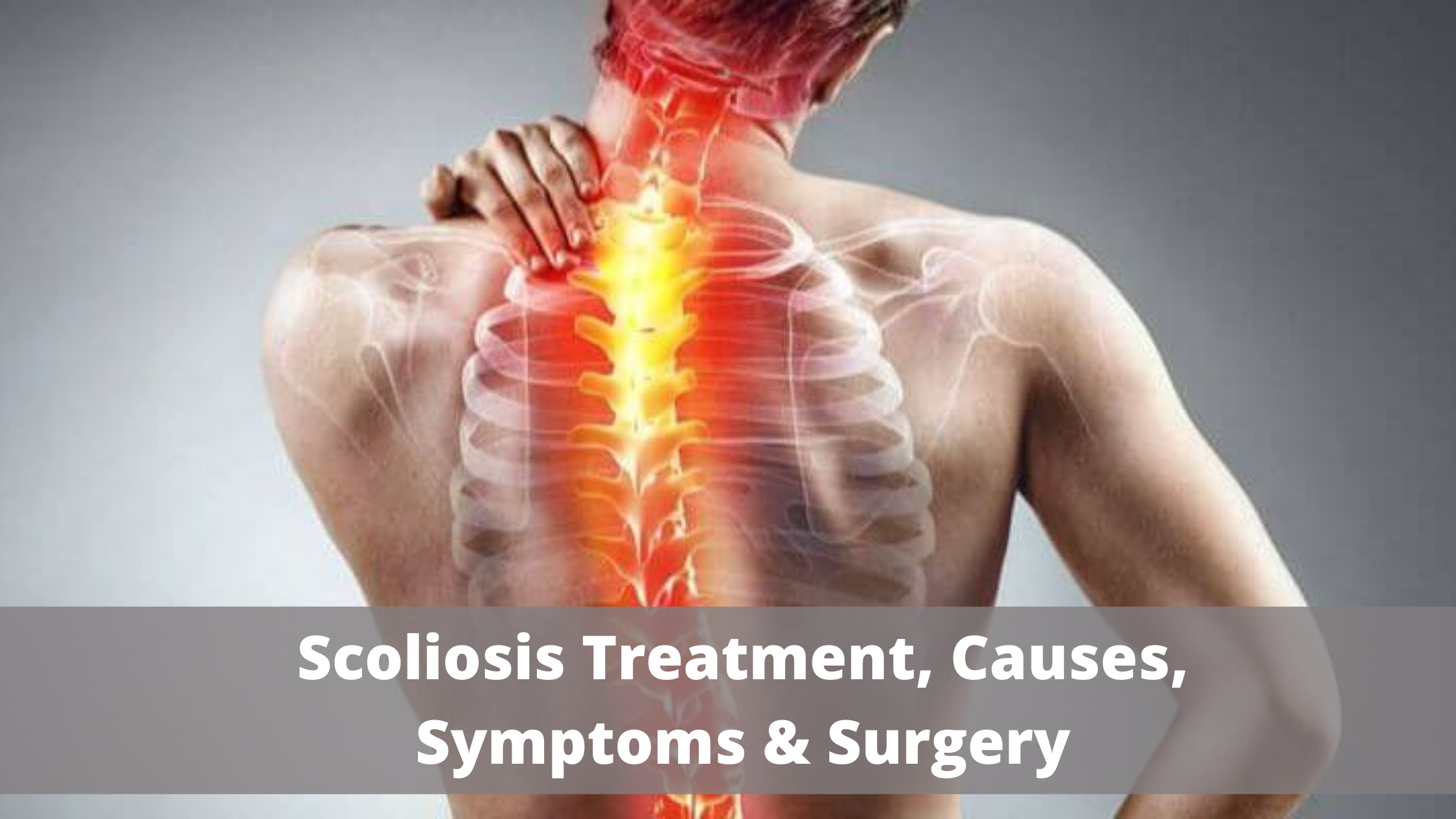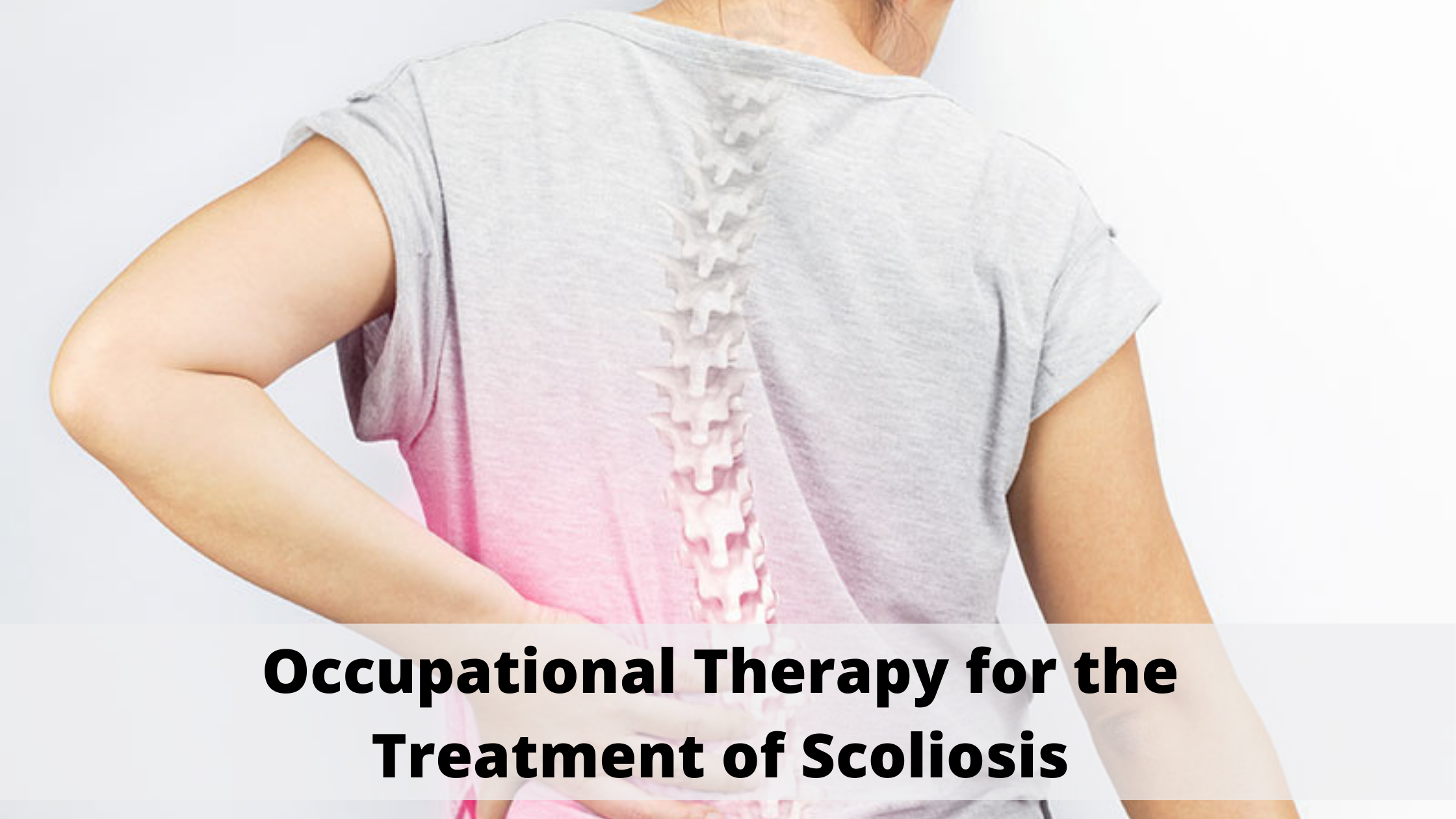

Scoliosis is a sideways curvature of the spine that mostly occurs much more often during the growth in spurt just before the stage of puberty. While Scoliosis can be caused by such conditions as cerebral palsy and muscular dystrophy, the cause of most Scoliosis is still unknown. About 3% of adolescents on average have Scoliosis.
Most cases observed in adolescents are Scoliosis mild, but some spine deformities continue to get more severe as children grow. Scoliosis can sometimes be disabling. An especially severe spinal curve can initially reduce with the chest amount, making it much more difficult for the lungs to function properly.
Children who have had mild Scoliosis are monitored closely, usually with the scanned X-ray reports, to see if that spinal curve is getting much worse. In many cases, no treatment usually is necessary. Some of the children will be required to wear a brace to stop the curve from worsening. Others may need to have the surgery to keep the Scoliosis from worsening much more and to straighten with severe scoliosis cases.
The main signs and symptoms for Scoliosis commonly include:
Doctors eventually don’t know what mainly causes this most common type of Scoliosis. Although it may appear to be involved with hereditary factors because the disorder tends to get run into the families. Less of the common types of Scoliosis it may be caused due to the followings:
Risk factors in the development of the most common type of Scoliosis observed mainly include:
Complications endured in Scoliosis
While most people with Scoliosis may have had a mild form of this kind of spinal disorder, Scoliosis may sometimes appear, causing complications, including:
1.Idiopathic Scoliosis (70%) Idiopathic Scoliosis is one of the most common types of Scoliosis that is approximately 70 % observed in adolescent and adult patients. Idiopathic Scoliosis is caused by environmental or also genetic abnormalities.
2. Congenital Scoliosis (20%) The congenital malformation is observed during three weeks of having gestation in the uterus. The cause of this congenital Scoliosis is either due to hereditary or maybe even as a familial disorder.
3. Associated Scoliosis (10%) This type of Scoliosis has occasionally been associated with various neuromuscular and musculoskeletal disorders. The spinal vertebral column’s abnormal curvature is caused because of weakness in muscles or the skeletal system. Muscles and the skeletal system cannot get any support to hold up the weight and thus, results in Scoliosis.
The Therapist will evaluate all the daily activities, with the optimum need for manual work and all of the posture during that table work.

Conclusion
Scoliosis is a sideways curvature of the spine that mostly occurs much more often during the growth in spurt just before the stage of puberty. Some of the children will be required to wear a brace to stop the curve from worsening. Others may need to have the surgery to keep the Scoliosis from worsening much more and to straighten with severe scoliosis cases. If this spinal scoliosis curve gets much worse, the spine may also rotate or even get a twist, again curving it from side to side. While most of the people with Scoliosis may have had a mild form of this kind of spinal disorder, Scoliosis may appear sometimes Therapist will basically evaluate all the daily activities, with the optimum need of manual work and all of the posture during that table work.
Consult your doctor if you notice any of Scoliosis’s signs or symptoms, mainly in your child. However, mild curves can also develop without the parent or even child knowing about it because they may appear very gradually. Usually, that doesn’t cause much pain. Doctors eventually don’t understand what mainly causes this most common type of Scoliosis. However, it may appear to be involved with hereditary factors because the disorder tends to get run into the families.

 Emergency Number
Emergency Number